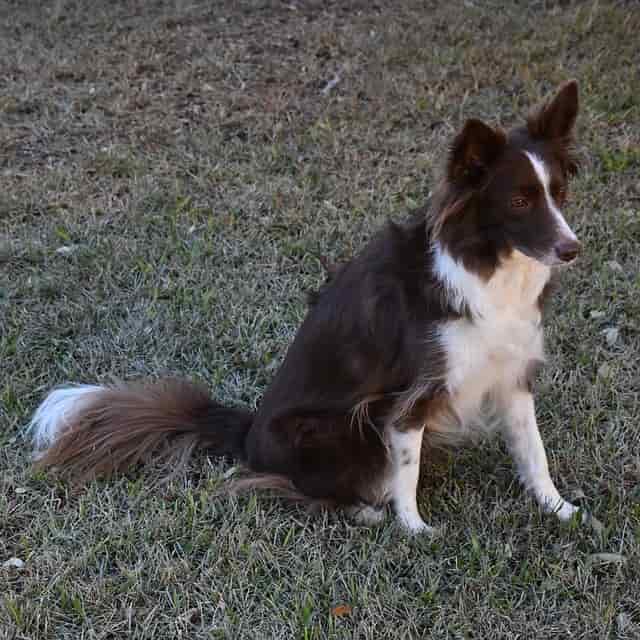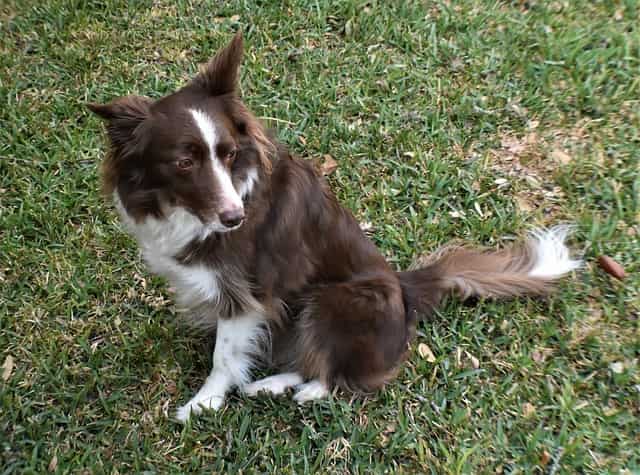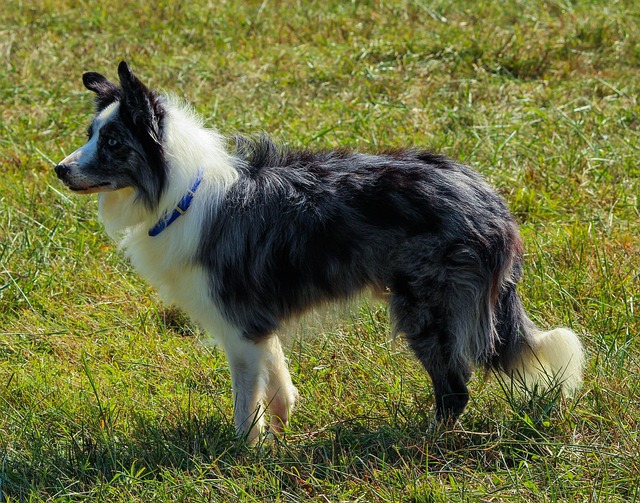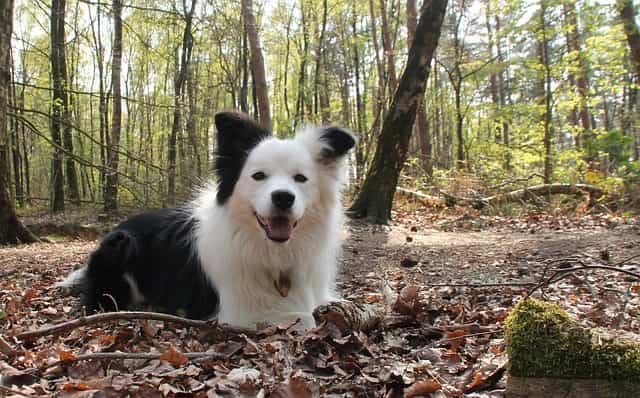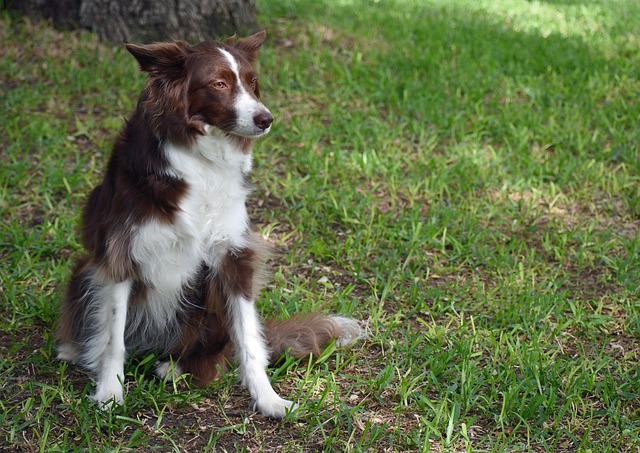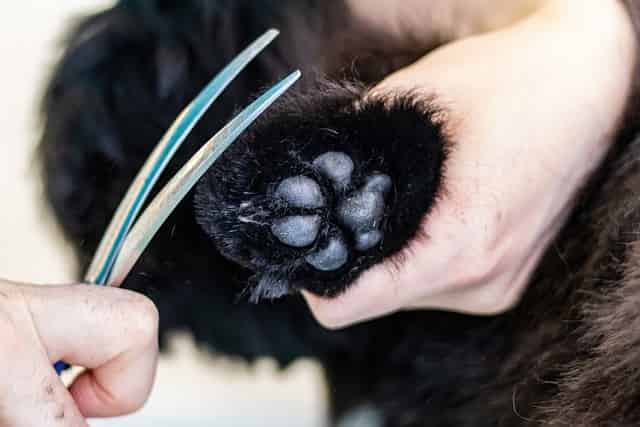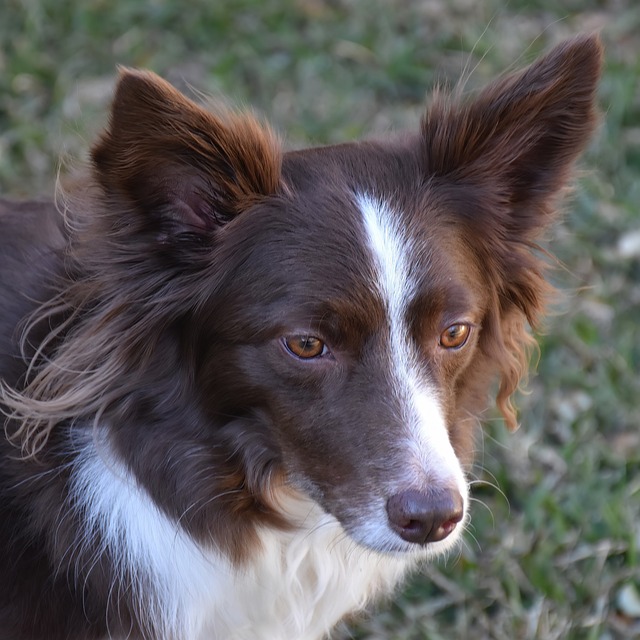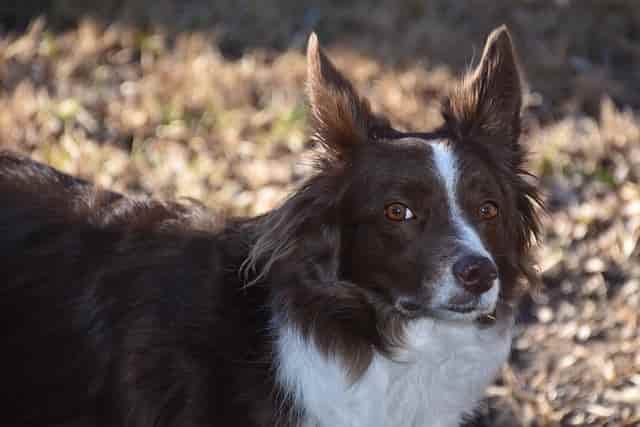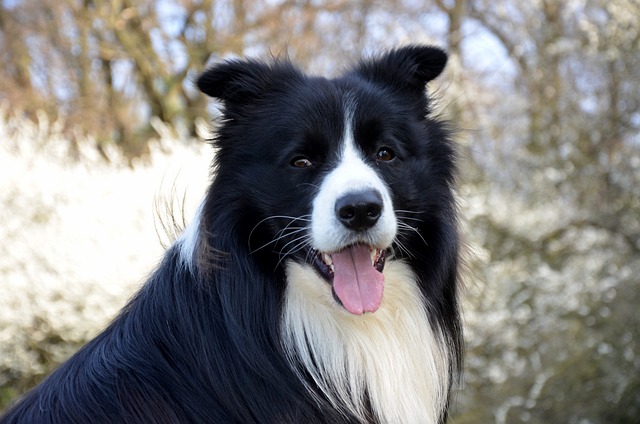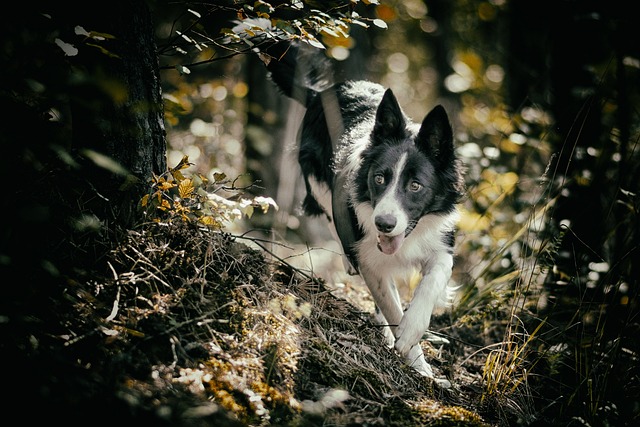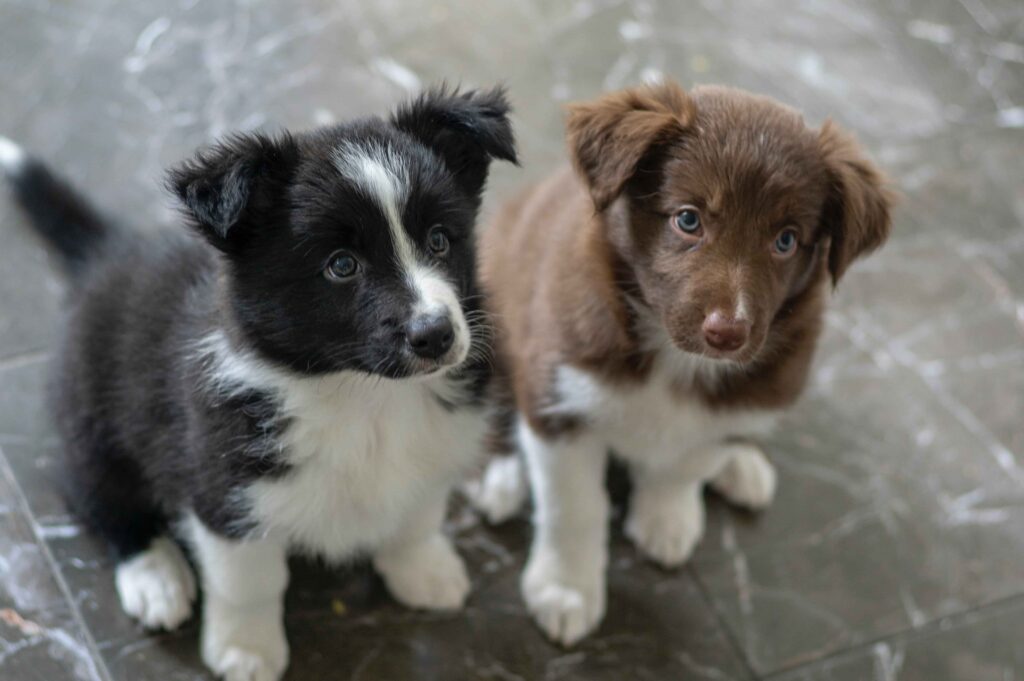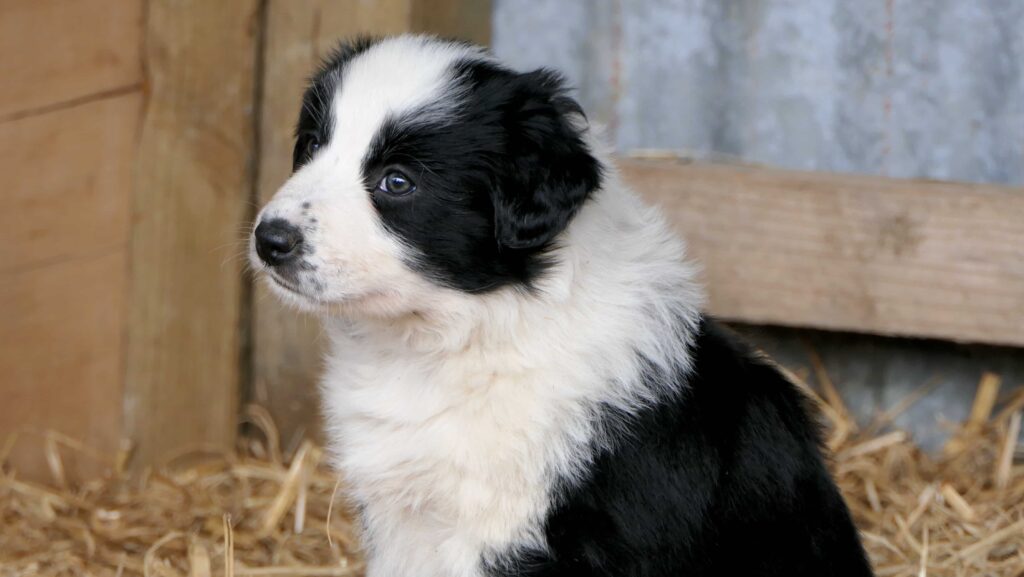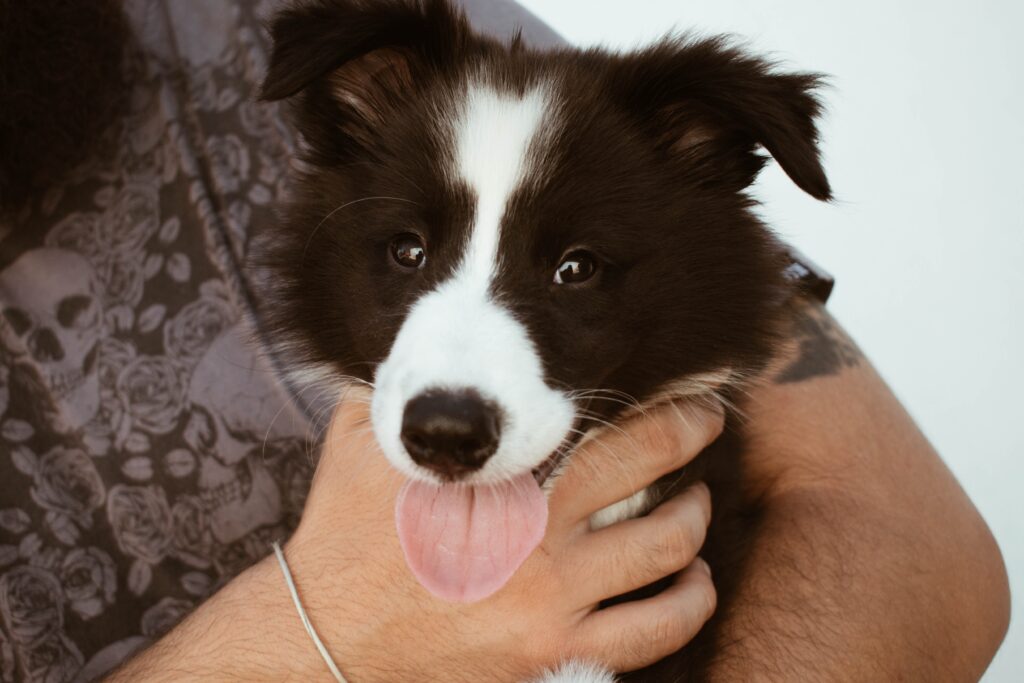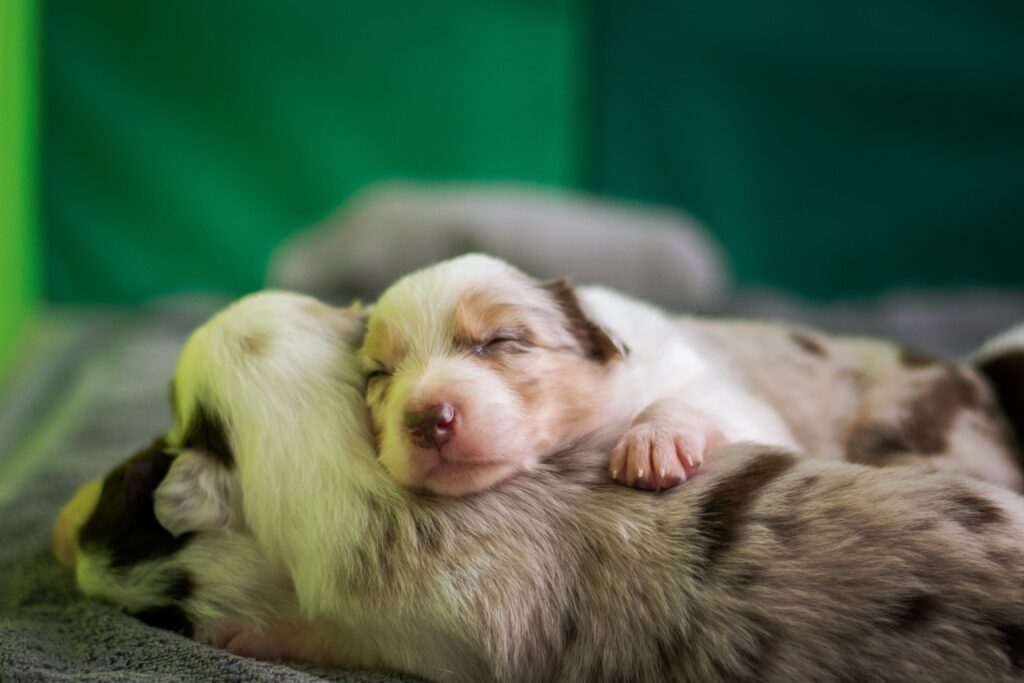
Are you a Border Collie who’s tired of chasing sheep all day long? Do you feel like your life has become a never-ending game of fetch? Well, it’s time to put your intelligence, agility, and work ethic to good use and explore the exciting world of job opportunities for Border Collies! From airport security to movie stardom, there are plenty of careers out there that are perfect for you. So, put on your thinking cap (or your favorite bandana) and let’s explore some of the wackiest and most rewarding jobs that await you, my furry friend.
Jobs Suitable for Border Collies
Livestock Management
Border Collies are well-known for their ability to herd livestock. They have a natural instinct to control the movement and behavior of animals, making them ideal for managing livestock on farms and ranches. They are particularly well-suited for working with sheep and cattle, but can also be trained to work with other types of livestock.
Agility and Obedience
Border Collies excel in agility and obedience competitions. They are highly athletic and have a strong desire to please their owners, making them ideal for these types of events. With proper training and socialization, they can become top competitors in agility and obedience competitions.
Search and Rescue
Border Collies have a keen sense of smell and excellent tracking abilities, making them well-suited for search and rescue operations. They can be trained to locate missing persons, both on land and in water. They are also highly adaptable and can work in a variety of environments, including urban and wilderness settings.

Therapy Dogs
Border Collies have a gentle and affectionate nature, making them ideal for therapy work. They can be trained to provide emotional support to individuals who are struggling with mental health issues or physical disabilities. They are particularly well-suited for working with children and the elderly.
The Working Nature of Border Collies
Border Collies are known for their incredible work ethic, stamina, and energetic nature. They were originally bred for herding livestock, making them one of the most popular herding dogs in the world. Their natural instincts, intelligence, and agility make them excellent working dogs for a variety of jobs.
Border Collies are highly trainable and excel in tasks that require focus, discipline, and precision. They are often used for herding sheep, cattle, and other livestock, as well as for search and rescue missions, agility competitions, and obedience training.
One of the key traits that make Border Collies such effective working dogs is their herding instinct. They have an innate ability to control the movement of livestock, which makes them invaluable on farms and ranches. Their natural instincts also make them excellent at problem-solving and adapting to new situations, which is essential for any working dog.
Border Collies are also known for their incredible stamina. They have boundless energy and can work tirelessly for hours on end. This makes them ideal for jobs that require long hours, such as search and rescue missions or herding large flocks of livestock.
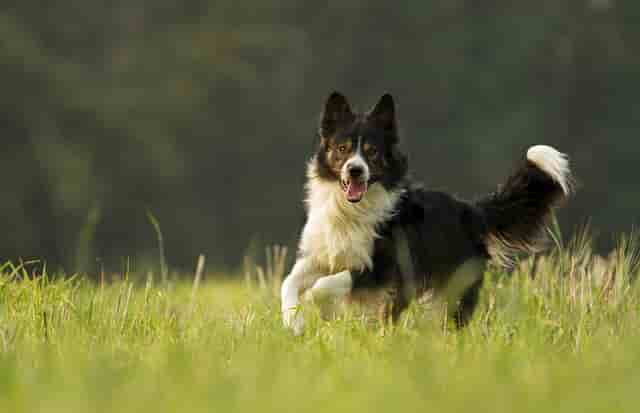
Training Needs for Border Collies
Border Collies are highly intelligent and energetic dogs that require proper training to excel in their jobs. Training is essential to ensure that they can perform the tasks they were bred for and to prevent behavioral issues.
Commands
Border Collies are responsive to commands and can learn a wide range of them. Basic commands such as sit, stay, come, and heel are essential for all dogs, but Border Collies can also learn more complex commands such as fetch, jump, and roll over. It is important to use positive reinforcement techniques such as treats and praise to motivate them during training.
Tasks
Border Collies were originally bred to herd sheep, but they can excel in many other jobs such as search and rescue, agility, and obedience competitions. They have a strong work ethic and thrive on tasks that require mental and physical stimulation. It is essential to provide them with a job to keep them mentally and physically stimulated.
Attention
Border Collies require a lot of attention and interaction with their owners. They can become destructive and develop behavioral issues if they are left alone for long periods. Training should include socialization with people and other dogs to prevent aggression and anxiety.
Need a Job
Border Collies have a strong desire to work and need a job to be happy. They can become bored and destructive if they do not have a task to perform. It is important to provide them with a job that is appropriate for their age, physical ability, and temperament.
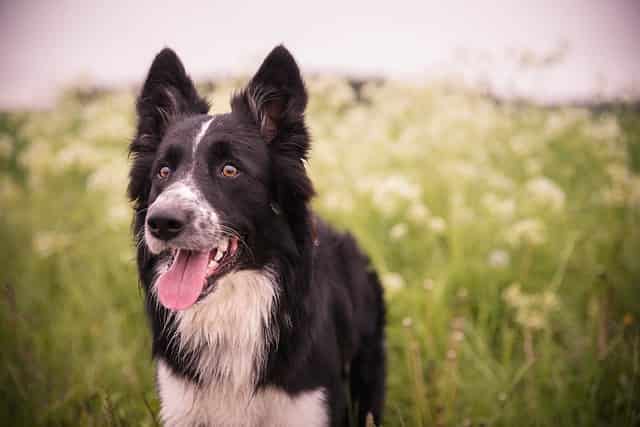
Toys and Activities for Border Collies
Border Collies are highly energetic and intelligent dogs, and they require plenty of physical and mental stimulation to stay happy and healthy. Here are some toys and activities that can help keep your Border Collie entertained and engaged:
- Variety of Toys: Border Collies love to play, and providing them with a variety of toys can help keep them engaged. Some good options include balls, frisbees, tug toys, and chew toys. It’s important to supervise your dog while they play to ensure they don’t accidentally ingest any parts of the toys.
- Puzzle Toys: Puzzle toys are a great way to challenge your Border Collie’s problem-solving skills. These toys typically involve hiding treats or kibble inside a puzzle that the dog must solve to access the food. Puzzle toys can help keep your Border Collie mentally stimulated and prevent boredom.
- Agility Competitions: Border Collies are natural athletes, and many excel at agility competitions. These competitions involve navigating obstacle courses that include jumps, tunnels, and weave poles. Participating in agility competitions can be a great way to bond with your Border Collie and provide them with a challenging and rewarding activity.
- Flyball: Flyball is a high-energy team sport that involves racing against other dogs to retrieve a ball. The dogs must jump over hurdles and hit a box that releases the ball before racing back to their handler. Flyball can be a great way to provide your Border Collie with physical and mental stimulation while also socializing them with other dogs.
- Retrieve: Border Collies are natural retrievers, and playing fetch can be a great way to provide them with exercise and mental stimulation. It’s important to use appropriate toys for fetch, such as tennis balls or frisbees, and to ensure your dog doesn’t become too obsessed with the game.
Overall, providing your Border Collie with a variety of toys and activities can help keep them happy, healthy, and engaged. Whether you’re playing fetch in the backyard or competing in agility competitions, it’s important to always supervise your dog and ensure they’re having fun.
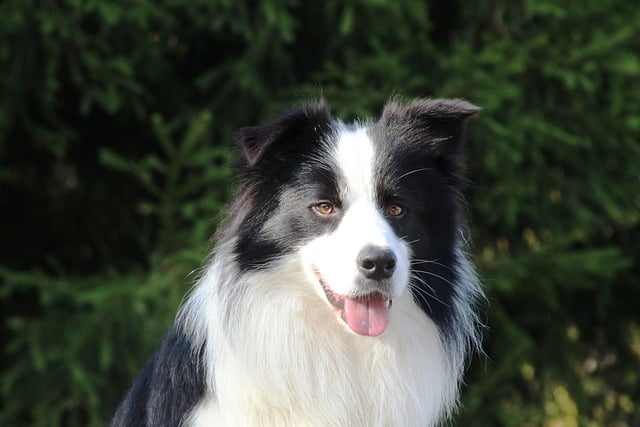
Care for Working Border Collies
Care
Border Collies need at least an hour of physical activity every day, such as running, hiking, or playing fetch. Mental stimulation is also important, and you can achieve this through trick training, agility courses, or puzzle toys.
Border Collies also need a well-balanced diet that meets their nutritional needs. You should feed them high-quality dog food that provides the right amount of protein, fat, and carbohydrates. You should also avoid overfeeding them, as Border Collies are prone to obesity.
Clean up
Border Collies have a thick coat that requires regular grooming to prevent matting and tangling. You should brush their coat at least once a week to remove loose hair and dirt. You should also bathe them occasionally, but not too often, as this can strip their coat of its natural oils.
Border Collies are also prone to ear infections, so you should clean their ears regularly to prevent wax buildup and infection. You should also trim their nails regularly to prevent them from getting too long and causing discomfort.
Trick Training
Trick training is a great way to keep Border Collies mentally stimulated and engaged. You can teach them a variety of tricks, such as rolling over, playing dead, or jumping through hoops. The key is to use positive reinforcement, such as treats or praise, to encourage good behavior.
Hurdles
Border Collies are natural athletes that excel at agility courses and other physical challenges. You can set up hurdles and other obstacles in your backyard to provide them with exercise and mental stimulation. You should start with low hurdles and gradually increase the height as your dog becomes more confident.
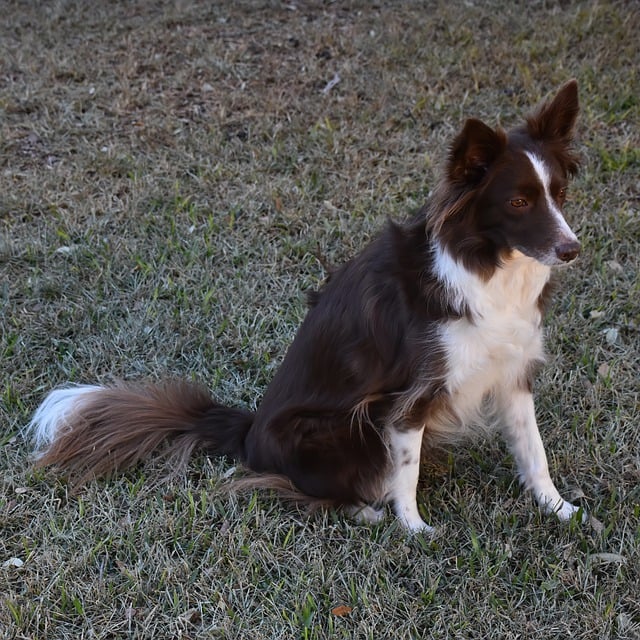
Understanding Border Collies
Border Collies are a breed of dog that is known for their high intelligence and energy levels. They are often used for herding livestock and have a natural instinct to chase and control movement.
These dogs are highly intelligent and require mental stimulation to prevent boredom and destructive behavior. They are also highly trainable and excel in obedience and agility competitions.
Border Collies are known to be a great family pet, although they require a lot of attention and exercise. They are very loyal and affectionate towards their owners and enjoy being around people.
It is important to understand the behavior of Border Collies before bringing one into your home. They require a lot of exercise and mental stimulation to prevent destructive behavior. They also have a strong instinct to herd, which can lead to chasing and nipping at children or other animals.
Frequently Asked Questions
What do Border Collies do for work?
Border Collies are known for their intelligence, athleticism, and herding instinct, which make them excellent working dogs. They are often used for herding livestock, such as sheep or cattle, but they can also be trained for other jobs such as search and rescue, police work, and agility competitions.
How do I keep my Border Collie busy?
Border Collies are highly energetic dogs that require a lot of physical and mental stimulation. Some ways to keep them busy include daily walks, runs, or hikes, agility training, obedience training, and playing fetch or other games. Puzzle toys and interactive toys can also provide mental stimulation.
What job did Border Collies develop?
Border Collies were originally bred for herding sheep and cattle in the border regions of England and Scotland. Their intelligence, agility, and herding instincts made them ideal for this type of work, and they quickly became popular with farmers and ranchers.
Can you overwork a Border Collie?
Yes, it is possible to overwork a Border Collie. These dogs have a strong work ethic and may continue working even when they are tired or overheated. It is important to monitor your dog’s behavior and condition and take breaks as needed to prevent exhaustion or injury.
What are some indoor games for Border Collies?
Indoor games can provide mental stimulation and exercise for Border Collies on days when outdoor activities are not possible. Some games to try include hide and seek, tug of war, fetch, and puzzle games. Teaching your dog new tricks or practicing obedience training can also be mentally stimulating.
What are the best toys for herding Border Collies?
Border Collies have a strong herding instinct and may enjoy toys that allow them to practice their herding skills. Some good options include frisbees, balls, and other toys that can be thrown or rolled. Toys that make noise or have moving parts can also be engaging for these intelligent dogs.
